One of my favorite parts of traveling is that I get to explore and learn about new places. I get so much more out of a trip to a new city once I develop at least a rudimentary understanding about it’s people, culture, and history. That’s why I decided to jump right into Carlos Celdran’s Walk This Way tour of Manila. His website has a disclaimer that what he does is performance art in the guise of a walking tour, which was the reason I signed up.
Getting to the tour was a bit tricky, since the meeting place was a bit vague, and I didn’t have internet access on my phone. After walking around the entrance to Fort Santiago for a few minutes, I was luckily able to find the tour group, and bought my ticket.
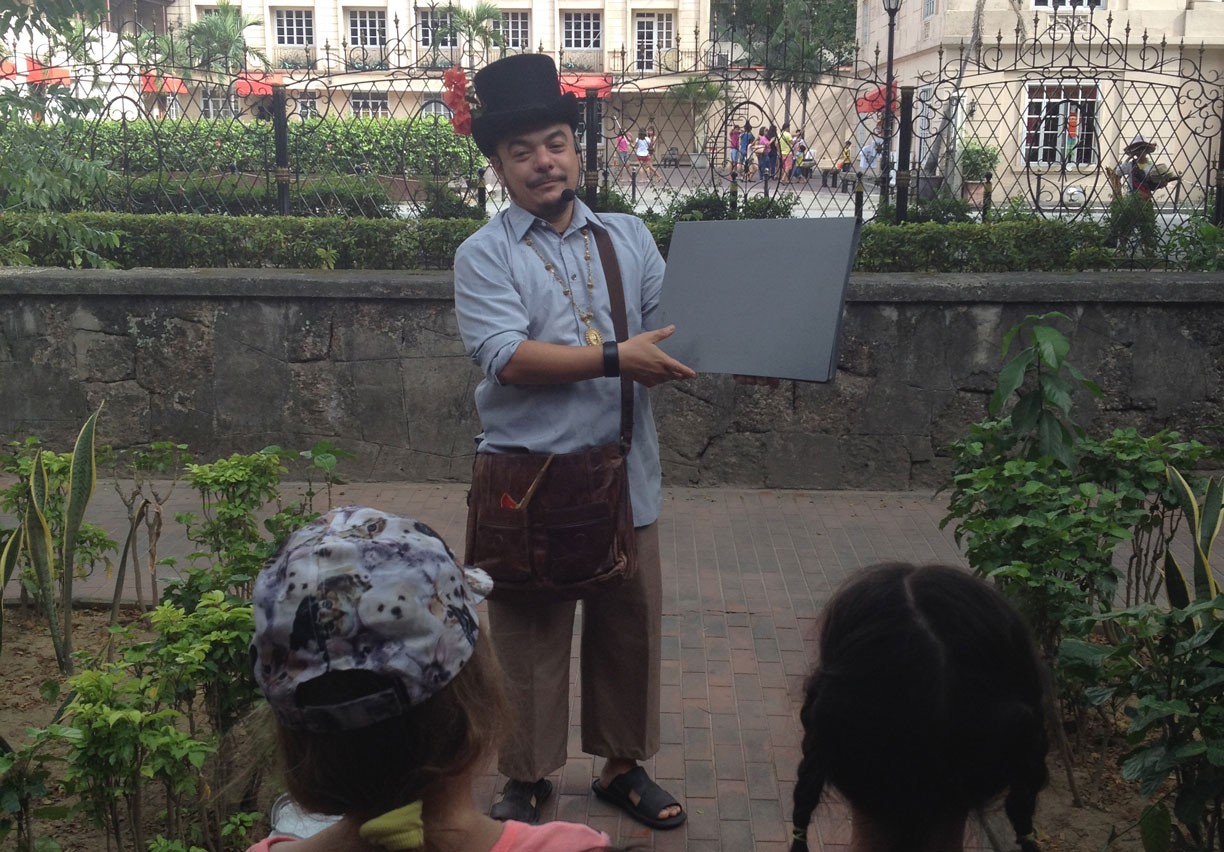
Right at the start of the tour, Carlos actually asked who is Filipino. Maybe 10 people raised their hands. He said he asked this because he does these tours primarily for Filipinos, to help them understand their history and culture. Now, despite the tour being predominantly made up of western tourists, he then decided to point directly at me and said “I see we have at least one un-Filipino in the audience!”. I guess I just really stand out wherever I go!
The first part of the tour involved walking around Fort Santiago and discussing the Spanish Colonial Period. When the Spanish first came to The Philippines, they were very alarmed to find that Islam had already been flourishing in The Philippines for over a century. When they took over and ruled The Philippines for the next 300 years, the biggest lasting impact they left was without a doubt instilling Catholicism into the Filipino culture, where it remains intact to this day.
Spanish rule finally came to an end in 1898. After losing the Spanish-American War - Spain was forced to sell the Philippines to the United States for $20 million (which also included Cuba, Guam, and Puerto Rico). Instead of finally gaining independence though, The Philippines would enter into a half century of American rule.
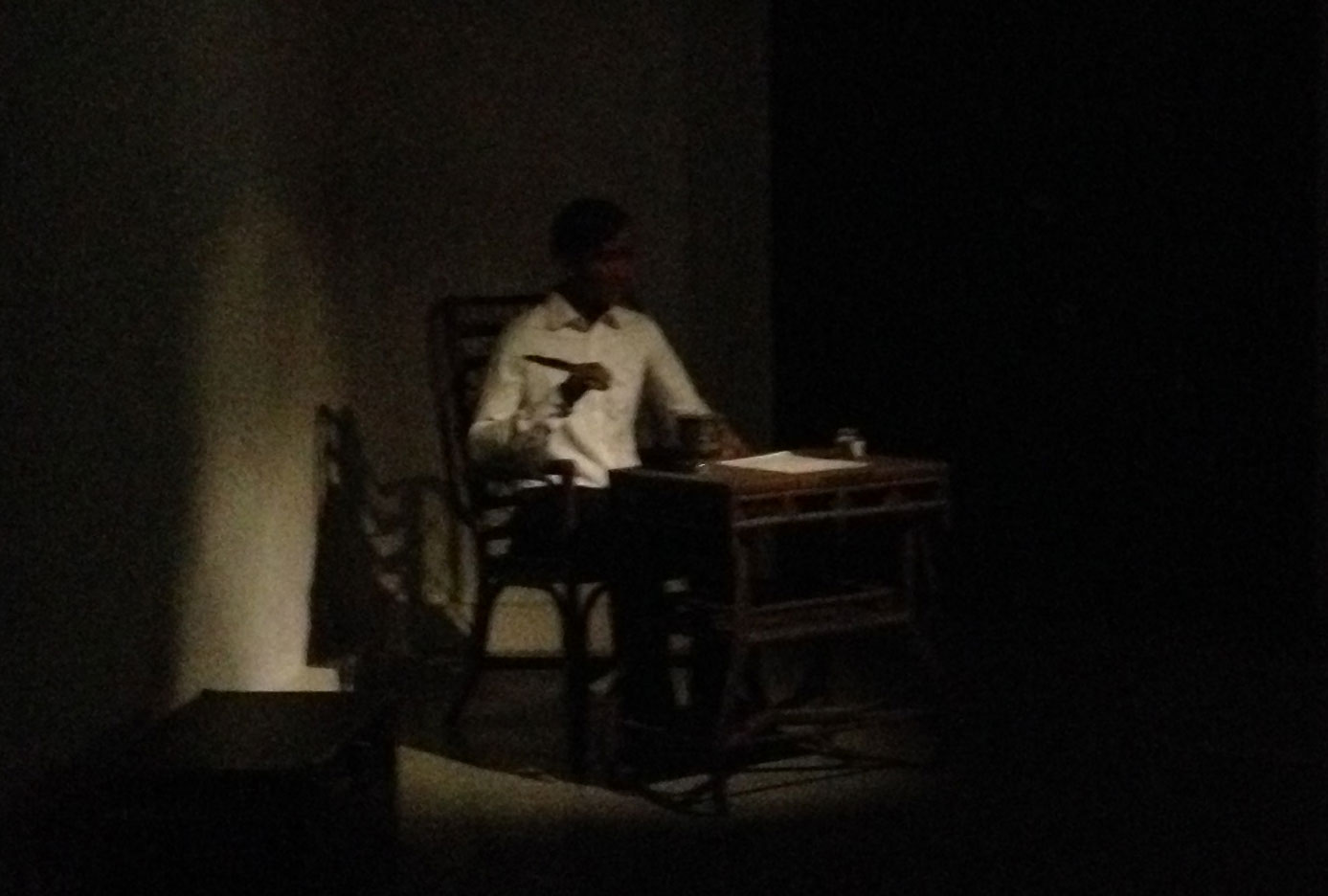
We walked over to the Rizal Shrine. The Spanish had executed José Rizal, who was a revolutionary intellectual critical of Spanish Rule. After America took over The Philippines, Rizal was made into a national hero, which Carlos pointed out was convenient since he was uncharismatic, non-violent, and most importantly dead.
During American rule, a lot of good things happened. Education became widespread, English was taught, and Manila became one of the most economically developed cities in Asia. There was even talk of The Philippines becoming the a US State.

But these positive developments would all soon come crashing down. Just 10 hours after the Japanese attacked Pearl Harbor, they would also launch an attack on Manila. It’s fascinating that after the attack on Pearl Harbor there wasn’t more of a hardening of defenses on all American bases such as the one in Manila - something that seems so obvious in retrospect. The Japanese would eventually successfully drive American forces out, and occupy The Philippines until 1944. As he was forced to evacuate The Philippines General Douglas MacArthur famously said “I shall return”, which I can’t help but think inspired Arnold Schwarzenegger’s most famous line of all time, "I’ll be back".
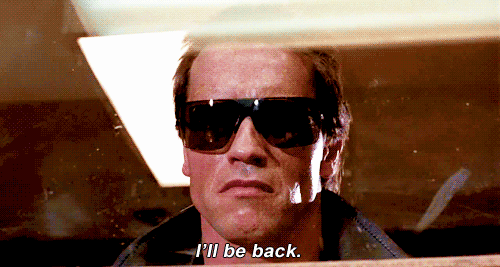
The most powerful part of the tour centered around the ending of World War II. MacArthur did end up making good on his promise, and took back The Philippines from Japanese forces in 1944. Instead of surrendering though, the Japanese decided to simply destroy everything. They massacred 100,00 civilians, and the United States decided to end the battle by bombing everything. In the end, the bombing did liberate the people of Manila, but The Battle of Manila ended up being the deadliest battle in the entire Pacific theater of WWII. So many died, and the once prospering city of Manila was completely destroyed.
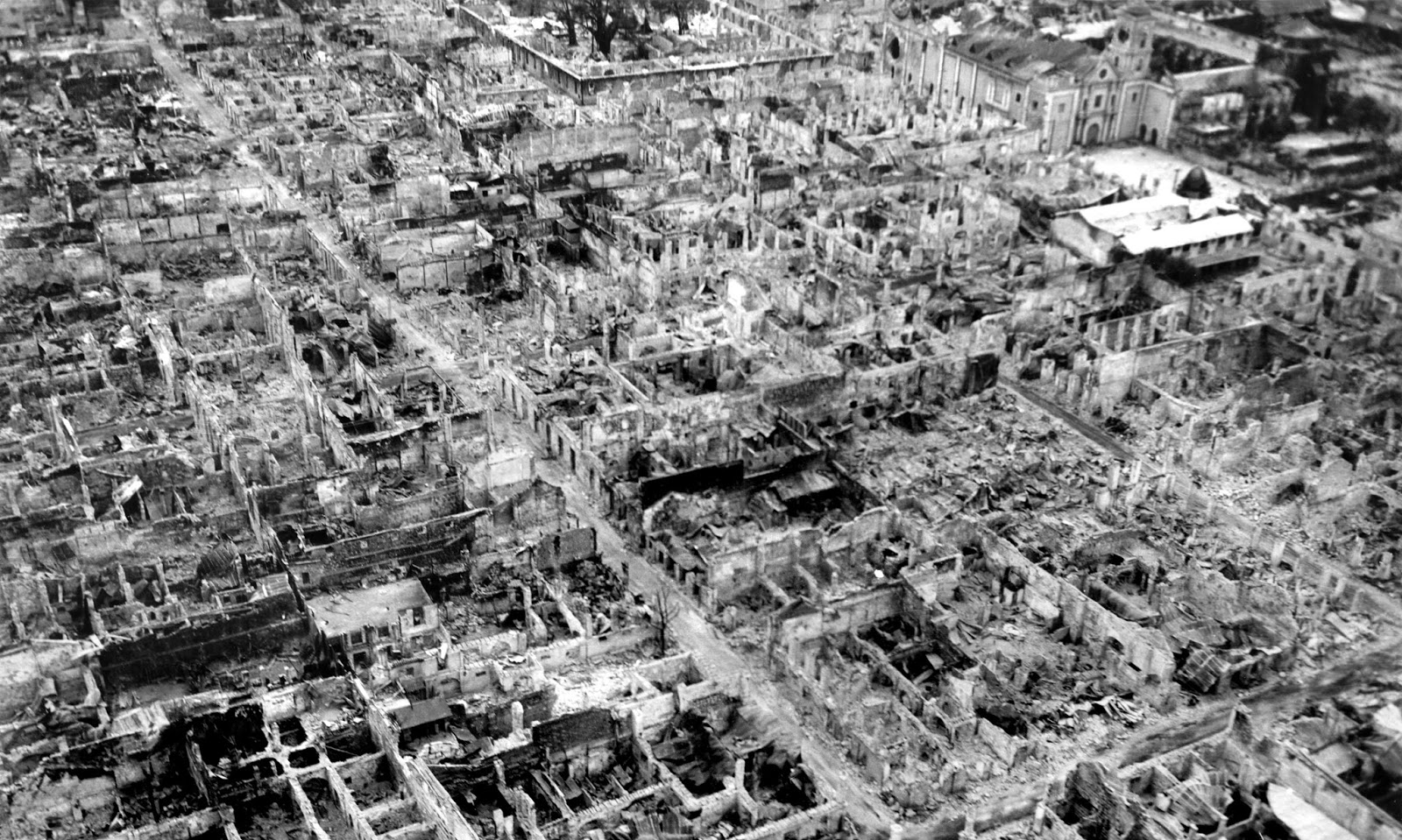
It’s hard not to think about what might have been if Japan had simply surrendered, and lived to fight another battle elsewhere. Imagine what wonderful things the people who died could have gone on to do. Imagine what the economic development of The Philippines would have been like if they didn’t have to restart from essentially scratch after WWII. So much potential was extinguished, and it was all for nothing.

After taking a few minutes to digest the horrors of war, our group walked a few blocks to see San Agustin Church. There was actually a wedding being officiated, so we don’t go inside. We finished up the tour by eating Halo-Halo in Plaza San Luis. The reason we are given Halo-Halo is that, like the Filipino culture, it is made up of a lot of different things that mix well together. A perfect metaphor to end a truly artistic performance.
One of the most interesting things on the tour was the palpable anger that Carlos had for those who criticize The Philippines, which apparently happens a lot. Throughout the tour, Carlos listed all of the negative things people say about The Philippines, and had a pretty compelling response for each of them.
People say The Philippines is poor and economically backwards. Well, Carlos pointed out that 400 years of colonialism and the complete destruction of their capital city at the end of WWII haven't exactly been a recipe for economic success.
People say that unlike their neighboring countries, Filipinos never built anything as impressive as Angkor Wat, or The Great Wall of China. Carlos noted that The Philippines is made up of newly formed land from volcanic eruptions, and therefore they don’t have the stone to build large structures.
People say that Filipinos speak English, as opposed to a native language and are Catholic, and are therefore too westernized. Carlos argued that the adoption of English and Catholicism wasn’t so much a choice as the consequence of colonial rule.
Conversely, other people say that Filipinos aren’t western enough. At this point, Carlos just rolled his eyes and pointed out that said that Filipinos can’t be both too western and not western enough.
In short, all of these criticisms about The Philippines boil down to saying that Filipinos have no culture, and whatever culture it has is just a sad mimic of western culture. I believe it is this anger at criticism of Filipino culture that motivates Carlos to give these tours. He really wants to show the world, and especially Filipinos, that there is a culture here, that it is interesting, unique, and that it’s worth knowing about.
I mean, where else can you find a Catholic church with Chinese Lions?
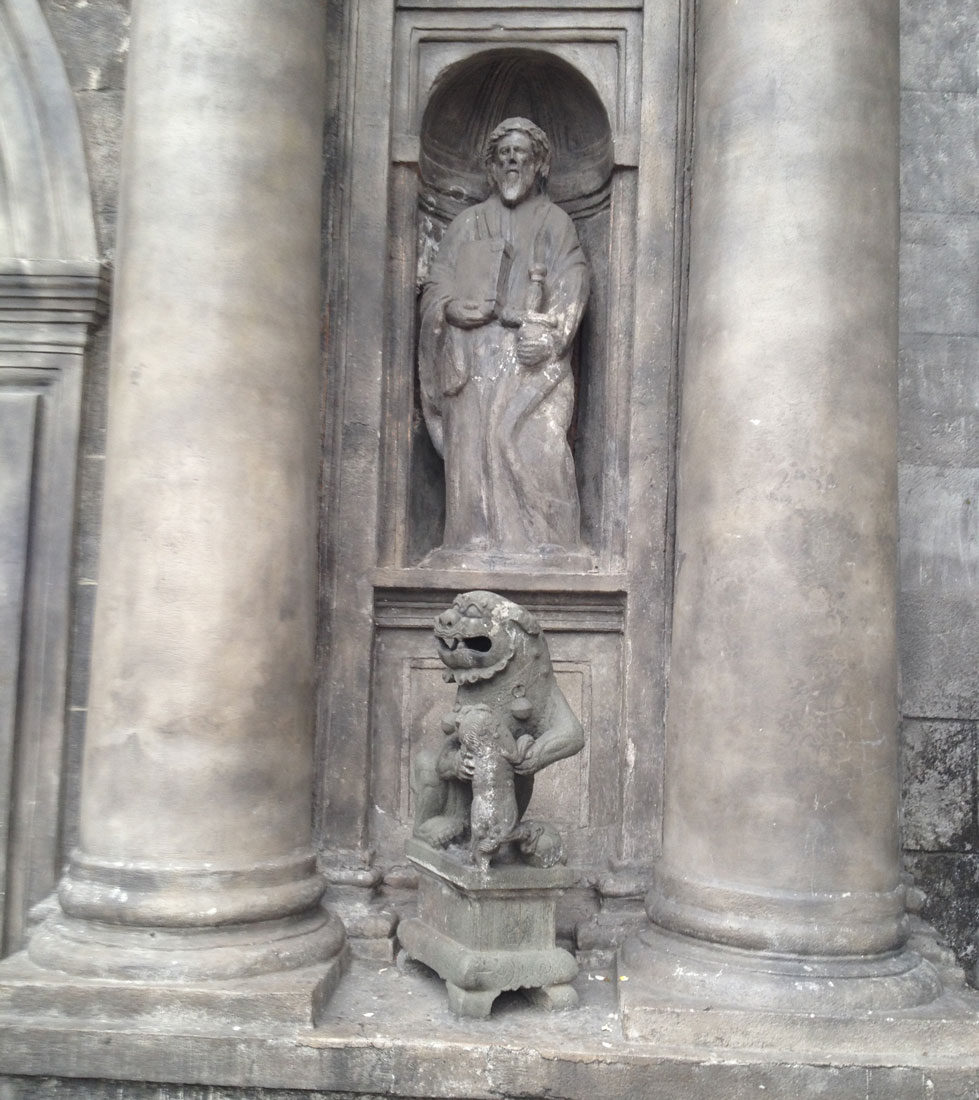
Manila is the city where East meets West, and learning about it was truely a pleasure. If you find yourself in Manila, and are curious to learn about Filipino culture, I highly recommend you Take This Tour.